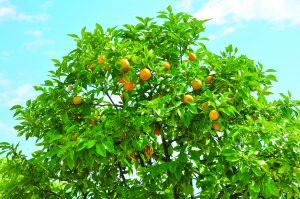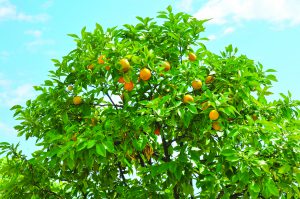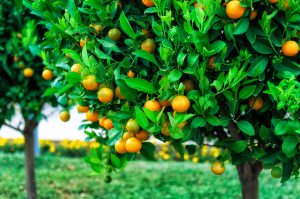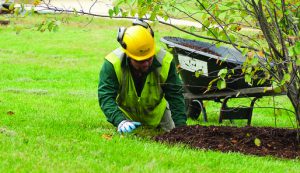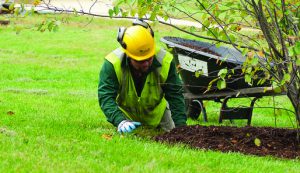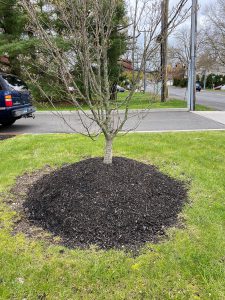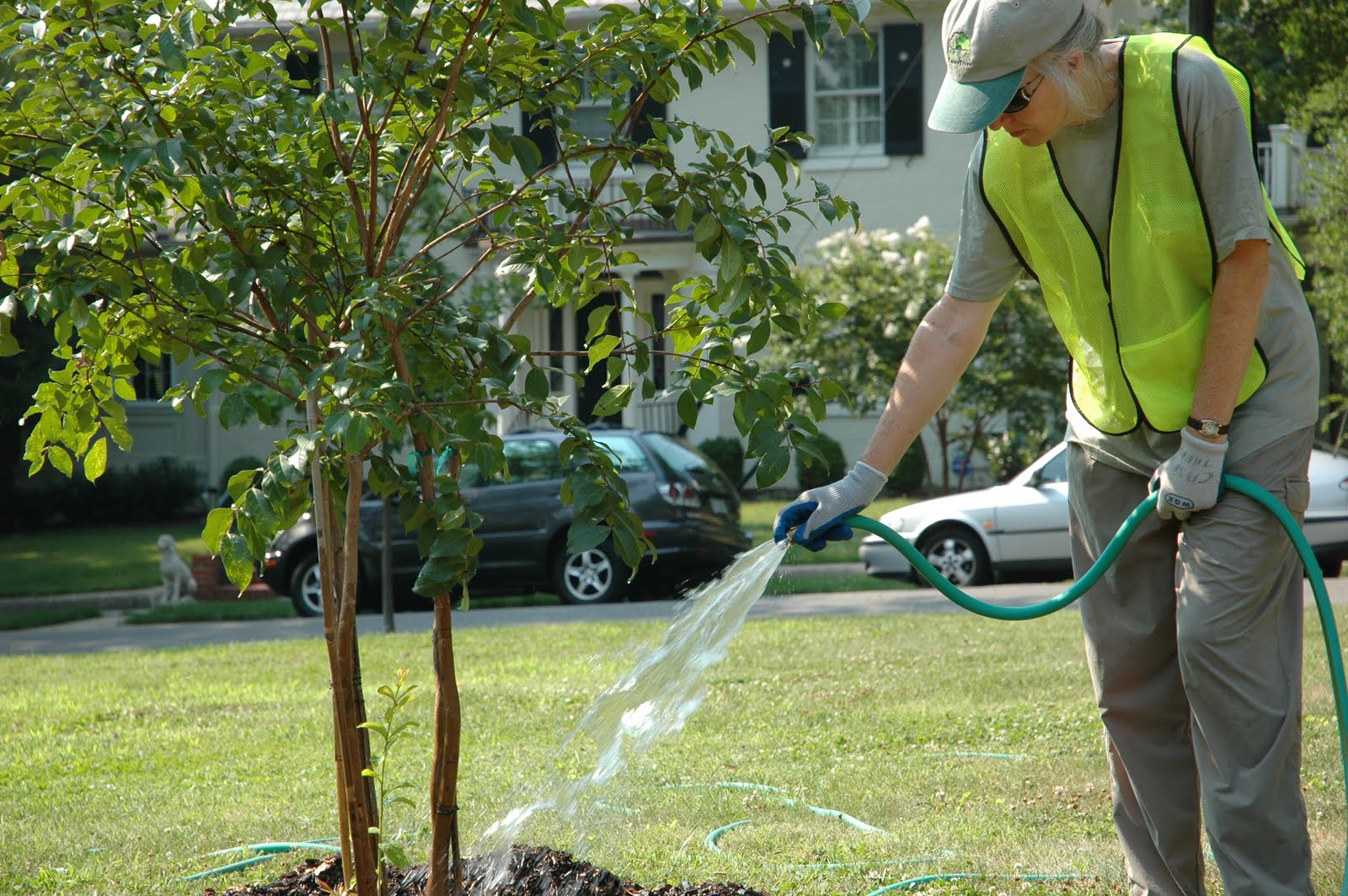
Texas winters are not as bitter or cold as the rest of the country. However, there are a few steps you can take to protect your trees from withering and dying. As leading Dallas tree service professionals we are often asked about how to care for trees in winters. For instance, you should consider winters as the perfect time for Dallas tree trimming.
The trees are in hibernation mode and don’t mind getting cuts. Risk of infection and infestation is also lowered during winters because of reduced tree sap. It’s vital that you keep an eye on your trees during the entire winter season to make them ready for spring bloom. There are a lot of costly issues that can occur if the tree feels stressed.
Trees Experience Cold Stress
Many people are unaware that their trees feel cold in a manner similar to the way humans experience it. They can become stressed when the weather turns frigid or cold. There is variety of ways for cold stress to take root. It usually occurs when there is a rapid temperature change after daytime heat. Nighttime temperature drops are famous in DFW area and can cause the bark of a tree to crack. This leaves the tree open to a number of risks. If not taken care of, the tree bark may contract infection in springtime as well.
Winter Drought Is a Major Problem
In Texas, there are various trees, including evergreen ones that are at a risk of drying during the winter months. Trees cannot absorb water from the hard, cold, compact ground during winters. Windy conditions are a thing to worry as well. Mulch can go a long way in this case to retain moisture.
Prevent Broken Branches
The weight of hail and excessive rain can result in broken tree branches. This can cause a safety hazard for both you and your family. Tree branches are highly vulnerable to breaking during the winters. This is especially true for deciduous trees or the ones that shed their leaves during autumn. You should have a professional take a look at your tree during winters to ascertain whether everything is alright or not.
Take Steps for Rodent Infestation
Rabbits, mice and other rodents tend to visit yards during winters while foraging for food. Critters have no other choice but to chew on tree barks as food becomes scarce. This can cause extensive damage to the trees during winter months. There are several humane ways of preventing rodents from feasting on your vulnerable trees. You can also have local Dallas tree service professionals take a look at your property to identify trees that are most at risk of being damaged by rodents.
The post Winter Tree Care Tips from Dallas Tree Service Professionals appeared first on Chippers Tree Service.

